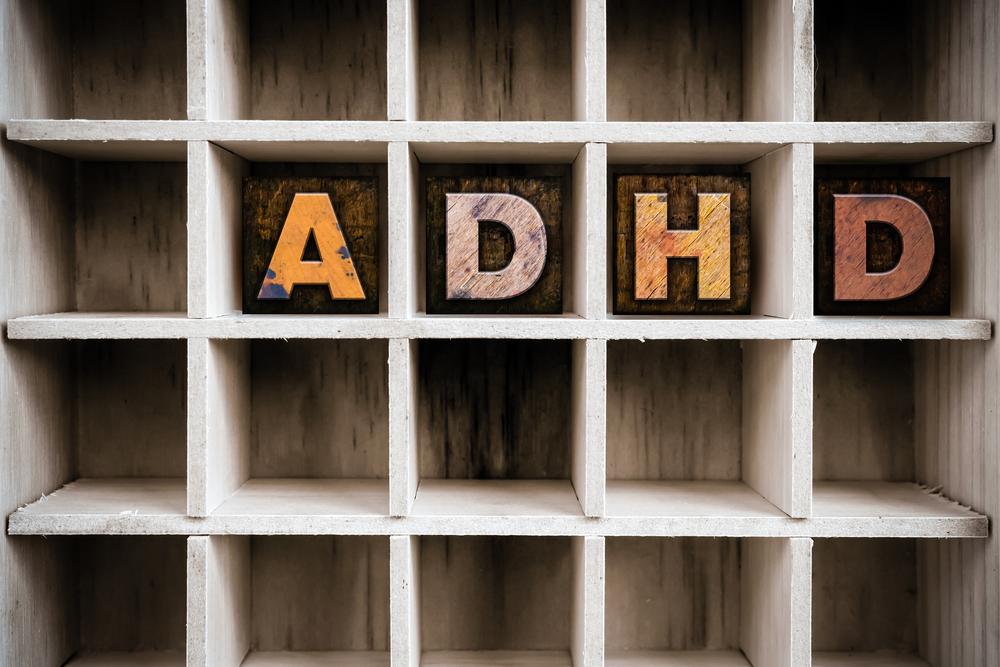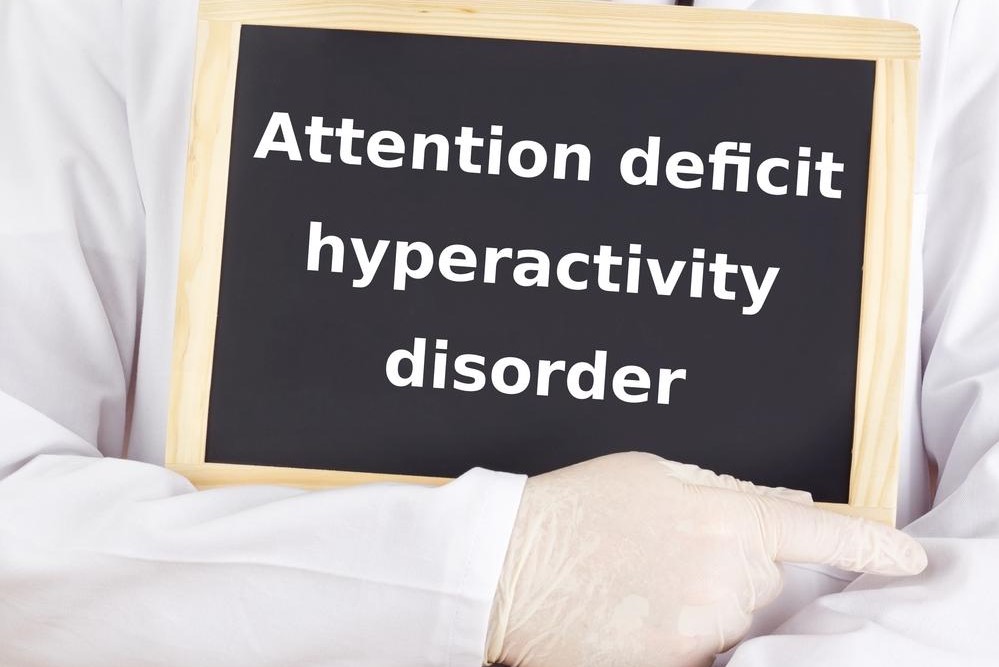Comprehensive Overview of the Different Subtypes of ADHD and Their Characteristics
This comprehensive article explores the three primary subtypes of ADHD—Predominantly Inattentive, Hyperactive-Impulsive, and Combined—detailing their distinct characteristics and implications for diagnosis and treatment. Understanding these subtypes is essential for personalized care, helping individuals better manage their symptoms and improve their quality of life. The article provides in-depth insights suitable for healthcare professionals, educators, and individuals affected by ADHD.

Understanding the Various Subtypes of ADHD and Their Unique Features
Attention Deficit Hyperactivity Disorder (ADHD) is a neurodevelopmental condition that impacts millions of individuals worldwide. Its manifestations can vary widely among those affected, leading to the classification of ADHD into different subtypes based on predominant symptoms. Recognizing these subtypes is crucial for ensuring appropriate diagnosis and tailored treatment strategies. According to the American Psychiatric Association, ADHD is categorized into three primary subtypes, each presenting with distinctive features that influence how the disorder is managed and understood.
In many cases, hyperactivity and impulsiveness are the hallmarks often associated with ADHD. However, not every individual exhibits all symptoms uniformly. Some may primarily struggle with attention deficits without hyperactivity, while others may show a combination of both, making the diagnosis more nuanced. An in-depth understanding of these subtypes helps caregivers, educators, healthcare professionals, and individuals themselves better navigate the challenges posed by ADHD.
1) Predominantly Inattentive Type
This subtype is characterized primarily by significant difficulties in maintaining attention and focus. Individuals with the predominantly inattentive type often find it challenging to sustain concentration during tasks, especially those that require prolonged mental effort. They tend to make frequent careless errors in schoolwork or work-related tasks due to their distraction and inattentiveness. Common behaviors include struggling to organize tasks, following multi-step instructions, and managing assignments efficiently.
People with this form of ADHD might often misplace items such as keys, phones, or important documents and forget essential responsibilities. They might seem daydreamy, not paying attention when spoken to, or seeming disengaged during activities. It’s noteworthy that this subtype is more common among adults than children, and statistically, it’s diagnosed more frequently in boys compared to girls. This form of ADHD can often go unnoticed or misdiagnosed because the hyperactive component is less prominent, making it less disruptive in traditional classroom settings.
2) Hyperactive-Impulsive Type
The hyperactive-impulsive subtype is marked by excessive physical activity, fidgeting, impulsive decisions, and difficulty controlling impulses. Children and adults with this form of ADHD often feel an internal restlessness, which manifests outwardly through constant movement, tapping, or squirming. They may find it hard to sit still for extended periods, such as during classroom lessons or meetings.
Impulsiveness is a significant feature, leading individuals to act without considering the consequences, often interrupting others during conversations or blurt out answers prematurely. Unlike the inattentive subtype, issues with attention are less intense but not entirely absent. This form is more common among children than adults and tends to be diagnosed more often in boys due to its overt behavioral traits. Managing hyperactivity and impulsiveness typically involves behavioral interventions and medication to help regulate impulses and improve focus.
3) Combined Type
The most prevalent form of ADHD, the combined subtype, features a mixture of symptoms from the inattentive and hyperactive-impulsive categories. Individuals diagnosed with this subtype present at least six symptoms from both domains, embodying the full spectrum of ADHD challenges.
This type requires comprehensive management strategies that address both attention deficits and hyperactivity. It is often diagnosed in childhood and can persist into adulthood. Recognizing the dual nature of symptoms helps healthcare professionals develop personalized treatment plans, often combining medication, behavioral therapy, and educational support to optimize functioning and reduce impairments.
Understanding these subtypes not only aids in accurate diagnosis but also informs effective treatment and support systems. Each individual with ADHD experiences their symptoms uniquely, and tailored interventions can significantly improve their quality of life. Whether characterized mainly by inattentiveness, hyperactivity, or a combination of both, recognizing the specific subtype of ADHD is the first step toward effective management and support.




